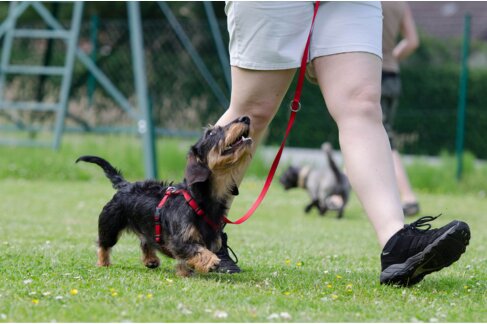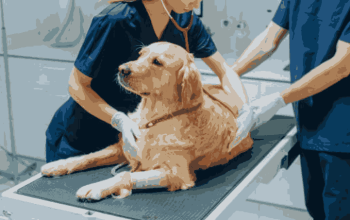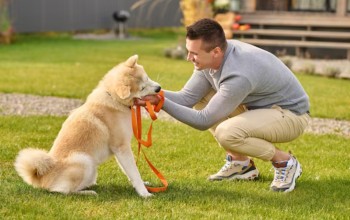Puppy training classes are designed to teach basic obedience skills, socialization, and proper behaviour. These classes typically cater to puppies aged between 8 weeks and six months. The curriculum often includes training on commands such as sit, stay, come, and walking on a leash, as well as advice for new puppy owners on topics like house training, chewing, and bite inhibition.
However, choosing the right group puppy training classes is crucial in shaping the behaviour and social skills of your young canine companion. Proper training helps establish a healthy relationship between you and your puppy. This article explores key considerations to make when selecting a puppy training class that suits both your lifestyle and your dog’s needs.
Types of Training Methods
Training methodologies vary significantly, and it’s essential to choose a trainer that employs techniques you are comfortable with:
- Positive Reinforcement: This method involves rewarding the puppy for good behaviour, which encourages them to repeat those behaviours.
- Clicker Training: A form of positive reinforcement where a clicker is used to mark the desired behaviour.
- Balanced Training: This technique uses both rewards and gentle corrections to guide behaviour.
Considerations for Choosing a Puppy Training Class
Trainer Credentials
Ensure that the trainer has professional training and certifications. Organizations like the Association of Professional Dog Trainers (APDT) and the Certification Council for Professional Dog Trainers (CCPDT) provide searchable directories to find qualified trainers.
Class Size and Structure
A smaller class size is preferable as it ensures more individual attention for your puppy. Typically, a class with six to eight puppies is ideal. Also, consider the structure of the classes. They should be structured in a way that gradually builds your puppy’s skills and confidence.
Training Environment
The training environment should be clean, safe, and well-organized. Observe a class before enrolling to see how the trainer interacts with the puppies and manages the class. The area should be free from hazards and provide a positive learning environment.
Age-Specific Classes
Some training centers offer classes tailored to the specific developmental stages of puppies. For example, classes for very young puppies might focus more on socialization, while those for older puppies might emphasize obedience training. Choosing an age-appropriate class can greatly benefit your puppy’s learning.
Socialization Opportunities
Socialization is a critical part of puppy training. Check if the class provides controlled and safe opportunities for your puppy to interact with other dogs and people. This exposure helps in developing a socially well-adjusted dog.
Evaluating a Potential Class
Before making a decision, consider attending one session without your puppy. This visit can reveal a lot about the training methods and the interaction dynamics between the trainer, puppies, and owners. Here are some points to consider:
- Observation: Are the puppies in the class happy and engaged? Is the atmosphere supportive and positive?
- Interaction: How does the trainer handle puppies and their mistakes? Is there respect and patience in their training approach?
- Feedback: Does the trainer provide specific feedback to help owners improve their handling skills?
Questions to Ask
Don’t hesitate to ask questions before enrolling in a puppy training class. Some essential questions include:
- What are the trainer’s qualifications and experience?
- What training methods do they use?
- How are behavioural issues handled?
- What is the typical class size?
- Are there any follow-up classes or advanced training available?
Conclusion
Choosing the right puppy training class involves understanding your puppy’s needs and finding a compatible training method. By selecting a qualified trainer, an appropriate class size, and a conducive learning environment, you set the foundation for your puppy’s behaviour and social skills. Remember, the goal of puppy training is to foster a healthy, happy relationship between you and your dog, ensuring a mutually respectful and enjoyable life together.



